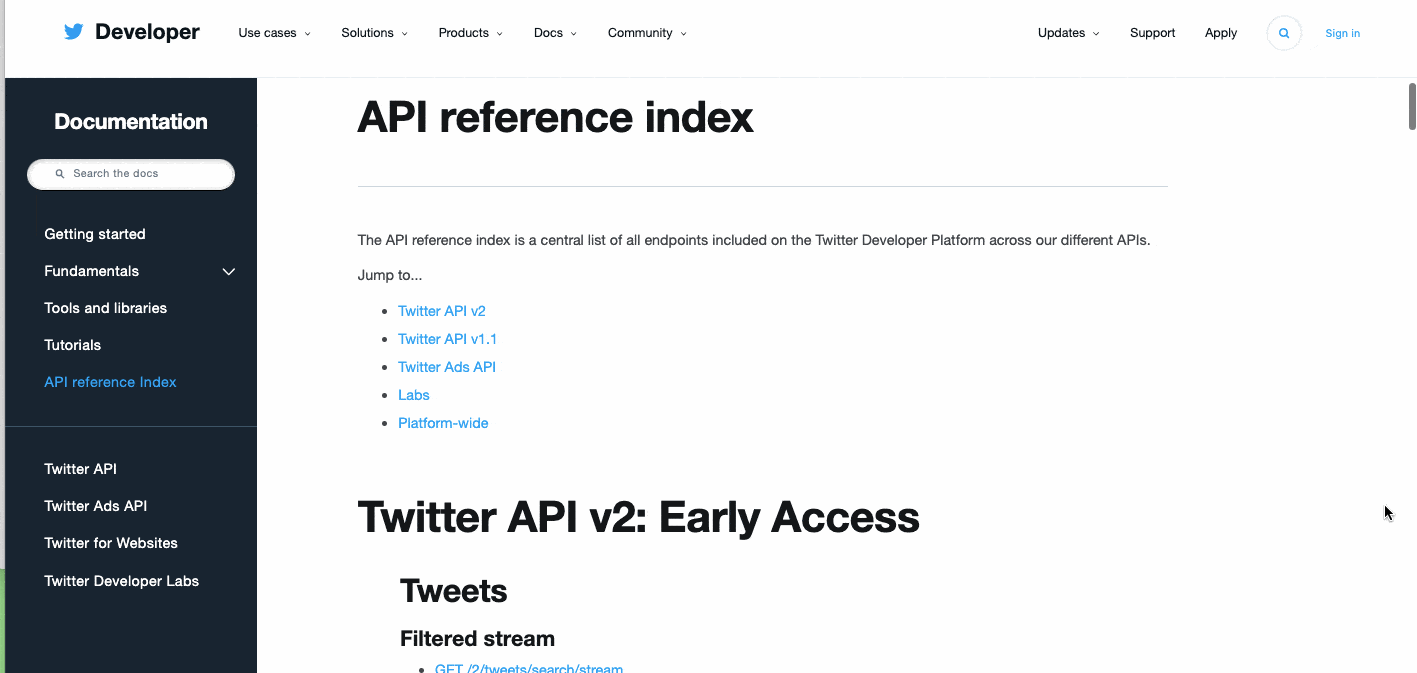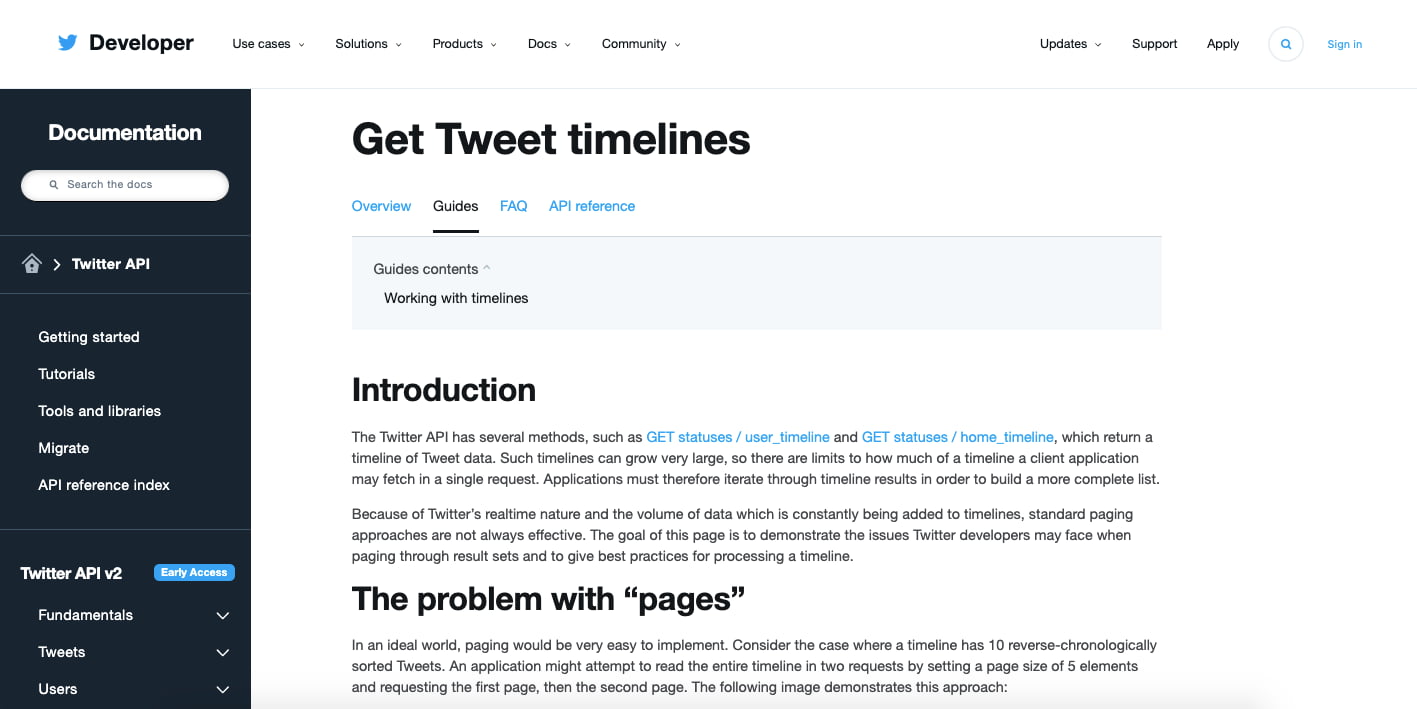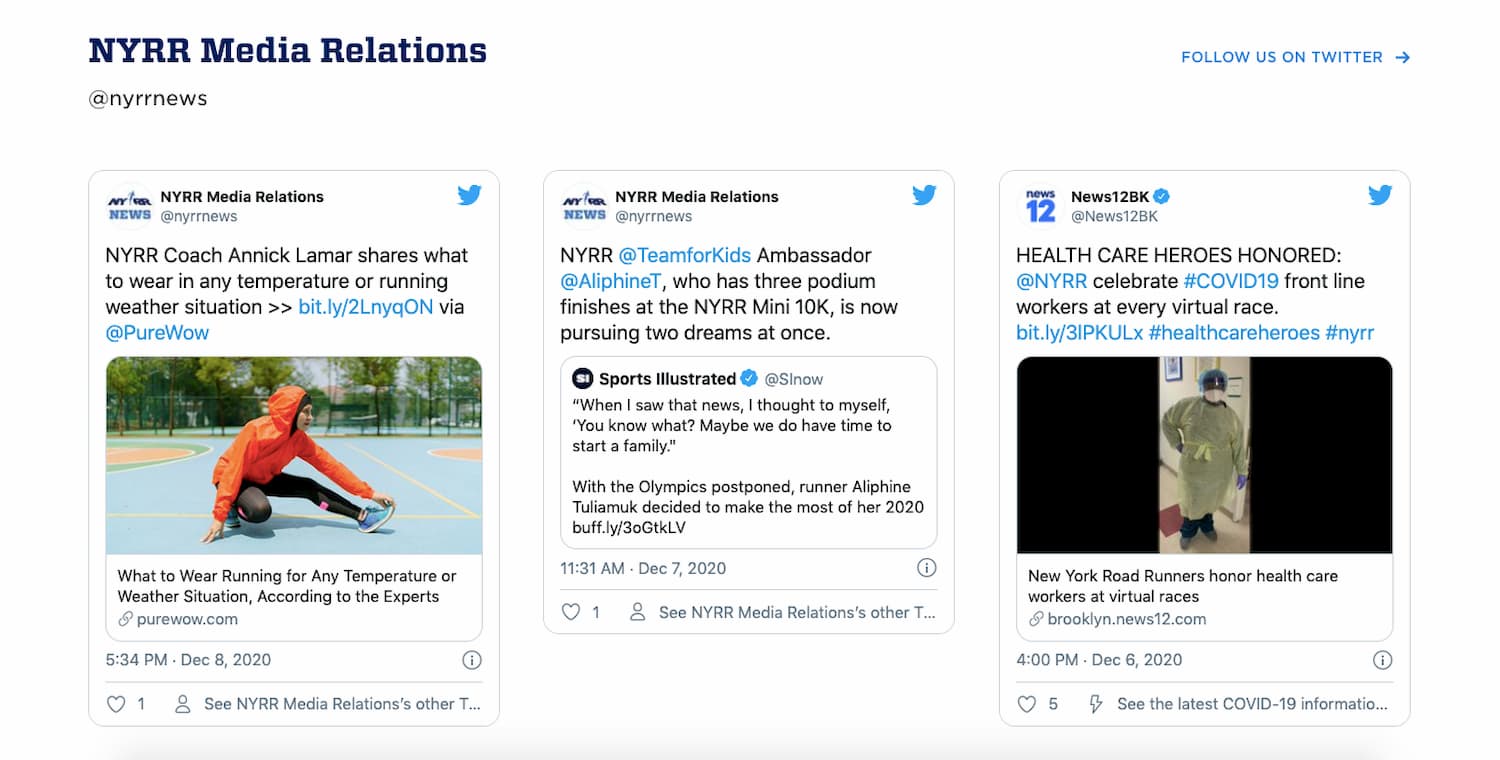
What is an API? A Simple Guide in 300 Words
An API (Application Programming Interface) acts as a digital messenger that allows different software applications to communicate and share data with each other. It provides a set of rules and protocols that determine how applications can interact.

Two robots communicating on yellow backdrop
Key Components:
- API Endpoint: The digital destination where APIs send and receive information requests
- API Key: A unique identifier that authenticates and tracks API usage
- API Calls: Individual requests made to an API for data or functionality
How APIs Work:
- Request Types:
- GET: Retrieve information
- POST: Create new data
- PUT: Update existing data
- DELETE: Remove data
- Common Use Cases:
- Social media integration
- Payment processing
- Weather data
- Maps and location services
Example: To display tweets on your website, Twitter's API enables you to:
- Fetch specific user tweets
- Filter content by criteria
- Display real-time updates

Twitter API documentation navigation menu
Best Practices:
- Review API documentation thoroughly
- Understand usage limitations and terms of service
- Monitor API calls to stay within rate limits
- Implement proper error handling
- Keep API keys secure

Twitter Tweet Timeline API documentation
Implementation Example: The New York Road Runners website uses Twitter's API to display marathon-related tweets:

NYRR website embedded Twitter content
APIs provide valuable opportunities for businesses to:
- Extend functionality
- Integrate third-party services
- Automate processes
- Create better user experiences
- Scale operations efficiently
Understanding and properly implementing APIs is crucial for modern digital operations and creating connected user experiences.
Related Articles

How to Report Malware on Squarespace Developer Platform: FAQ Guide

